Renishaw's TEMPUS Tech Doubles Metal 3D Printing Speed
Xpiens has learned that Renishaw, a globally renowned engineering and technology company, launched an innovative metal 3D printing technology called "TEMPUS" at Formnext 2023. This technology is set to double the speed of multi-laser metal 3D printing while maintaining the quality of parts.
Introducing TEMPUS Technology
TEMPUS technology, a new scanning algorithm for Renishaw's RenAM500 series additive manufacturing (AM) systems, significantly boosts AM productivity without affecting part quality. It activates laser operations during recoater (powder spreading) movements, potentially saving substantial time and costs, and could reduce the overall cycle's build time by up to 50%. The main advantages of TEMPUS technology include:
- Up to 50% reduction in build time without compromising part quality.
- Lower cost per part due to reduced processing time for each component.
- The time and cost savings greatly enhance the ROI for existing users and make new applications viable for additive manufacturing.
Louise Callanan, Director of Additive Manufacturing at Renishaw, stated, "Reducing the cost per part is crucial for broader adoption of additive manufacturing technology. For most components today, the major cost factor is the time spent building parts on the machine. Thus, reducing processing time per part improves cost-effectiveness."

△ Renishaw has expanded the RenAM 500 series with the RenAM 500 Ultra

△ The RenAM 500 series, including the Flex and Ultra models
Redefining Laser Productivity with TEMPUS
TEMPUS allows lasers to fire during recoater movement, saving up to 9 seconds per layer. The laser synchronizes with the movement, seamlessly melting the powder. Since builds often contain thousands of layers, this minimizes laser downtime per build, reducing total build time by dozens of hours, ensuring efficiency, and saving significant time/cost without impacting part quality.
TEMPUS utilizes complex scanning algorithms to organize layer data, maximizing productivity while ensuring part quality. Productivity gains may vary based on part geometry, but all shapes will see efficiency improvements, especially parts with thin, vertical features.

△ Parts manufactured using TEMPUS technology

△ When the recoater spreads a layer of powder, the laser "follows," melting the powder being spread before the recoater completes its pass

△ When the recoater returns to the feeder to collect more powder, the laser "skips" over the recoater and continues to melt the current layer

△ When the powder spreader begins to spread the next layer of powder, the laser finishes the previous layer of powder and simultaneously starts processing the new layer
TEMPUS Integration and New Appointments
Renishaw offers TEMPUS technology in both four-laser and single-laser configurations, as standard integration in the new RenAM Ultra metal additive manufacturing systems. Existing RenAM 500 series users can upgrade to TEMPUS to enhance productivity. Data from Renishaw indicates that retrofitting existing systems with TEMPUS is equivalent to adding an additional laser, optimizing the overall machine investment.

△ Laser emission occurs while the powder sprayer is moving
RenAM 500 Ultra: Unleashing Efficiency
Renishaw is expanding its RenAM 500 series with the debut of the RenAM 500 Ultra AM system at Formnext. The RenAM 500 Ultra combines industry-leading design with the newly launched TEMPUS technology and advanced process monitoring software, enhancing production efficiency. The monitoring software provides detailed analytics, offering real-time visibility into the build process.
The RenAM 500 Ultra, part of the RenAM 500 series, is designed for R&D workloads and high-volume production with a closed-loop powder recycling model. Models 500S and 500Q in the series offer flexibility with one or four high-power lasers covering the entire powder bed, with the RenAM500Q Ultra and RenAM 500S Ultra models now available for order.

△ Case study components connected to the printing platform
Callanan added, "Parts produced by the RenAM500 Ultra system are of the same quality expected from other systems in the RenAM 500 series, but at twice the speed. We're excited to bring this new model to market, as we believe that increased productivity and lower cost per part will promote broader adoption of additive manufacturing in the industry."
Subscribe to Xpiens to learn more about the latest news in the 3D printing industry.
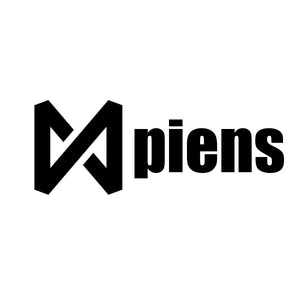

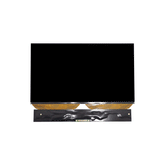
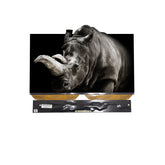
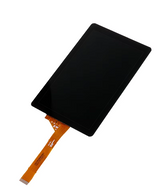
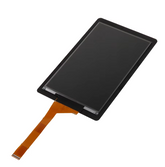
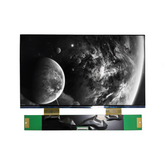
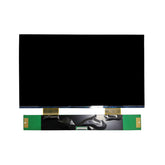



Leave a comment
Please note, comments need to be approved before they are published.